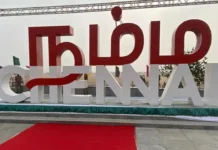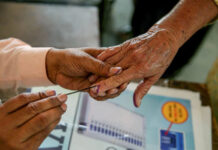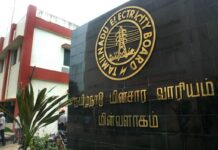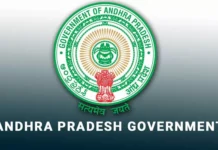Liquefied Petroleum Gas Subsidy
Liquefied Petroleum Gas, often referred to as LPG, is among the most commonly utilized cooking fuels in India. For many years, the Government of India has offered LPG subsidies to ensure that clean cooking fuel is affordable for households, particularly those from economically disadvantaged backgrounds. This subsidy guarantees that every family, irrespective of their income level, can access a safe and efficient energy source, replacing traditional fuels like firewood, kerosene, and cow dung, which contribute to pollution and health risks. Thus, the LPG subsidy serves not only as an economic support measure but also as a social welfare and environmental protection initiative.
The LPG subsidy system was initially established to provide LPG cylinders at prices lower than their actual market value. Through this system, consumers could buy LPG cylinders at a subsidized rate, with the government compensating oil marketing companies (OMCs) for the price difference. However, to enhance transparency and prevent misuse, the government later implemented the Direct Benefit Transfer for LPG (DBTL) scheme, also known as the PAHAL (Pratyaksh Hanstantrit Labh) scheme. Launched in 2015, this initiative directly deposits the subsidy amount into the consumer’s bank account following the purchase of a cylinder at market price. This reform removed intermediaries, minimized fraud, and ensured that only legitimate beneficiaries received the subsidy.
The LPG subsidy has been instrumental in changing India’s energy consumption habits. Prior to the widespread availability of LPG connections, numerous rural households depended on biomass fuels, which released harmful smoke that led to respiratory illnesses and environmental harm. To tackle this problem, the government introduced the Pradhan Mantri Ujjwala Yojana (PMUY) in 2016. This scheme provided free LPG connections to women from below-poverty-line households. Millions of women have benefited from this program, gaining access to a cleaner and more convenient method of cooking. The Ujjwala Yojana has significantly improved the quality of life for many.
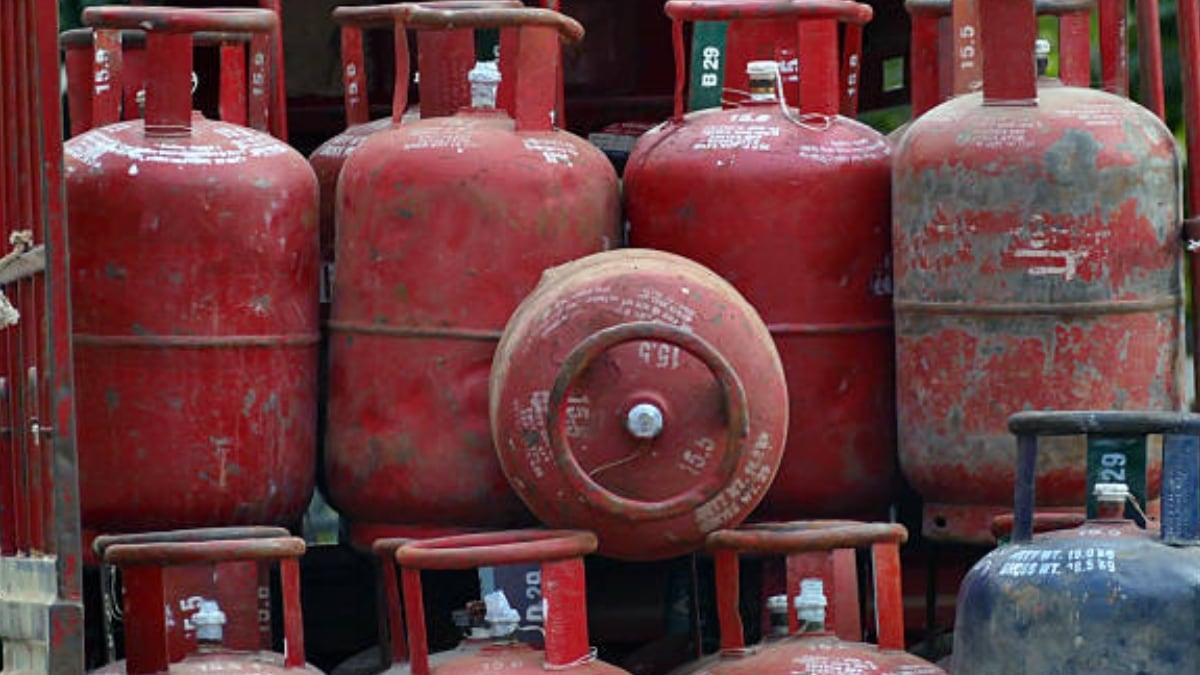
The amount of subsidy fluctuates based on international crude oil prices, transportation expenses, and government budget allocations. Whenever global LPG prices increase, the government raises the subsidy to shield consumers from price shocks. On the other hand, when prices decrease, the subsidy amount is lowered. In recent years, the government has also urged affluent citizens to voluntarily relinquish their LPG subsidy through the “Give It Up” campaign. This initiative encourages financially secure individuals to forgo their subsidy so that the funds can be redirected to less fortunate households. Over ten million people have willingly given up their subsidies, assisting the government in better targeting support for those in need.
However, the LPG subsidy encounters specific challenges. Benefit leakage, fraudulent connections, and uneven distribution have sometimes hindered its effectiveness.
With the implementation of Aadhaar linkage, online verification, and the PAHAL scheme, these issues have been largely mitigated, but ongoing monitoring remains essential.
Additionally, in some remote and rural regions, the cost of LPG refills continues to be a concern, even with subsidies. This often results in families reverting to traditional fuels after the initial connection. To tackle this, the government is actively seeking solutions such as smaller cylinders, doorstep delivery, and flexible pricing models.
From an economic standpoint, the LPG subsidy also poses a considerable fiscal burden on the government. Effectively managing the subsidy without overextending the national budget is a delicate balancing act. Nevertheless, its social advantages—in terms of enhanced health, environmental protection, and women’s empowerment—outweigh the costs in the long term. The adoption of LPG has significantly diminished indoor air pollution and contributed to India’s broader sustainable development objectives.
Website Link
In the upcoming years, the government plans to achieve universal LPG coverage throughout India, guaranteeing that every household, particularly in rural and tribal areas, can access clean fuel. The initiatives of digitalization, improved identification systems, and targeted subsidies are anticipated to significantly boost transparency and efficiency. Consequently, the LPG subsidy transcends mere financial assistance; it serves as a fundamental element of India’s mission to foster equality, health, and sustainability. This initiative embodies the government’s dedication to inclusive growth and the welfare of all citizens, ensuring that clean energy is recognized as a right rather than a privilege.




